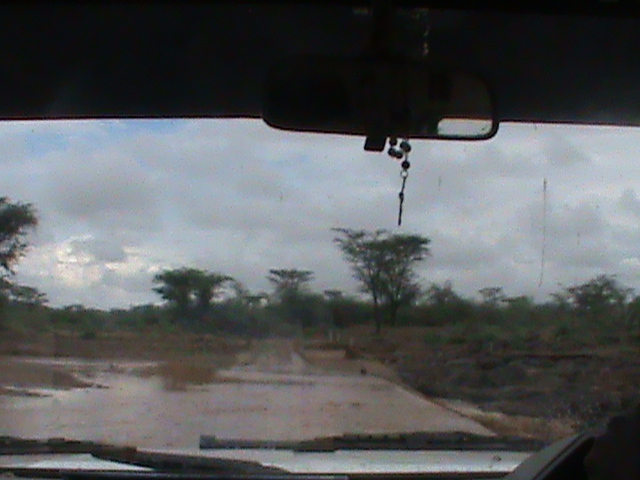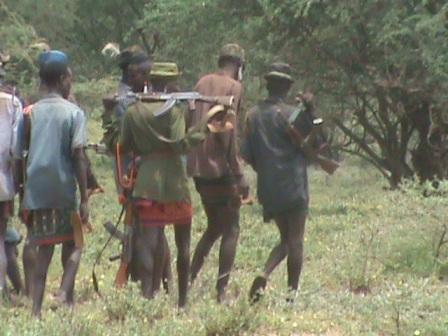Turkana is flooding……. NOT!!! Yes, Turkana is not flooding.
This is an open letter to Kenyan media houses. And especially the regional correspondents who send false and stale stories to the media, and their editors who give a go-ahead of the publishing of these stories, without bothering to determine whether they are accurate, objective or not. This is a communiqué to the media, whose role is meant to be informational, but have since turned sensational. The ones who have adopted the culture of publishing inaccurate and exaggerated stories so that their papers and channels sale. Those who have lost values of integrity and honesty and disseminate reports that have been embellished and blown out of proportion. The ones whose bulletins are based on the “If it bleeds, it leads” aphorism. Those who, in the bid to make sure they win readership and audiences, resort to the sweetening of their information. We trust them to give us correct information, we listen to them and read what they have to say because we are sure that they are our public watchdogs, that they are objective, and that whatever they broadcast is a true reflection of what is happening on the ground. The one thing we have on no account done is to denigrate them for the unscrupulous manner in which they disseminate half-truth information.
I am irked. That my mother should be worried sick, ever calling me to find out if I drowned since I am in Turkana, because of the information she saw from the media is very disconcerting. That the media should make a mountain out of a molehill the flood situation in Turkana West area is wrong. That they do not bother to come and visit the interior most parts of these places and corroborate the information received is wide of the mark. That even if they do come, they pitch a tent next to the flooding river and broadcast live rivers with excessive water and portray how the roads have become impassable because of these floods is twisted. Yes, there are some rivers which are “flooding” in Turkana, case in point, river Kawalase in Lodwar. And I put flooding in quotes because there is a difference between flooding and excessive water. But that does not mean that the whole of Turkana West is flooding. When river Nzoia floods, does it mean that Bungoma County has flooded? Or that Kitale has flooded? Or the places it runs through? Just because the area is receiving rain in abundance, the kind of rain that this place has not seen for years does not mean that the media should dwell on and exaggerate the situation on the ground, by taking pictures of the flooded laga over and over again and portraying it as the flooded Turkana.
And yes, the road to Kakuma from Lodwar is sometimes impassable when this river has excessive flowing water, but the reason this is so is because the roads have been built right between the rivers. There are no bridges built over the river, instead, the institution which constructed these roads, for some reason, decided to just build the drift roads, also called “lagas” by the community, right inside the river. Why, instead of reporting about a false flood situation, haven’t the media reported on the 9 people dead in Lokipoto area in Turkana West because of the cholera outbreak caused by the dirty water, and because they couldn’t reach the nearest health centre which was 100kms away? Shouldn’t human life take precedence over floods which have not destroyed property worth anything yet? Why haven’t they covered the stories of the communities who are in possession of arms and claim that the government is the ones distributing these guns and army uniforms to them? Or the water that is wasted because no one, no NGO, or the government has bothered to find means of harvesting water for future use by building water-pans or dams? Or the lack of schools in these areas, that children have to stay in the kraals and learn how to become warriors and housewives because the nearest school is 400kms away, work in bars because they do not believe in the educational system, and get married off quickly because one wants to earn more cows? Or the pathetic state of the roads to reach far off kraals, that enthusiasts willing to visit and help the situation in the interior areas have to carry shovels and ‘jembes’, to make a clear road path? Or the unhygienic state of most of these people, that they need someone to educate them on the importance of basic hygiene? Or the lack of value for agriculture that no one is tilling the land to plant maize or beans, or other crops, now that it is raining to ensure food stability. Or the food distribution programme that is only concentrated in the town areas and don’t bother to go deep into the kraals like Nawuontos, Apamulele, or Nalapatui areas where people are starving to death? Oh, sorry, I forgot, you have no time to visit these inner most areas, and your concern is on river Kawalase which is apparently flooding!
Turkana, for a very long time, has been portrayed as a very negative area, full of problems here and there. But Turkana is also an area full of positive things. There are humongous tourist attractions like beautifully formed mountains, lakes and hills, huge anthills unknown to man, stunning pebbles, marbles and décor stones that could be used in landscaping and interior design, very hard rock, the kind used for construction of roads and buildings, a very beautiful and diverse culture, fish for export and local consumption from lake Turkana, and above all, minerals like gold in Makutano gold centre, Nadwat, Ataerika, and oil in Lokichar. So, instead of portraying this area as negative, and turning a blessing akin to downpour into such a contemptible fixation, why not focus on the constructive aspect of it? And even if the negative must be highlighted, there is a way in which it can be done such that the government takes responsibility of this area which has long been forsaken, a way to present the information ssuch that the NGO’s choose to join hands for a specific cause, and individuals decide to help out in whatever way they can.
Me.
And Angela Wafula.












